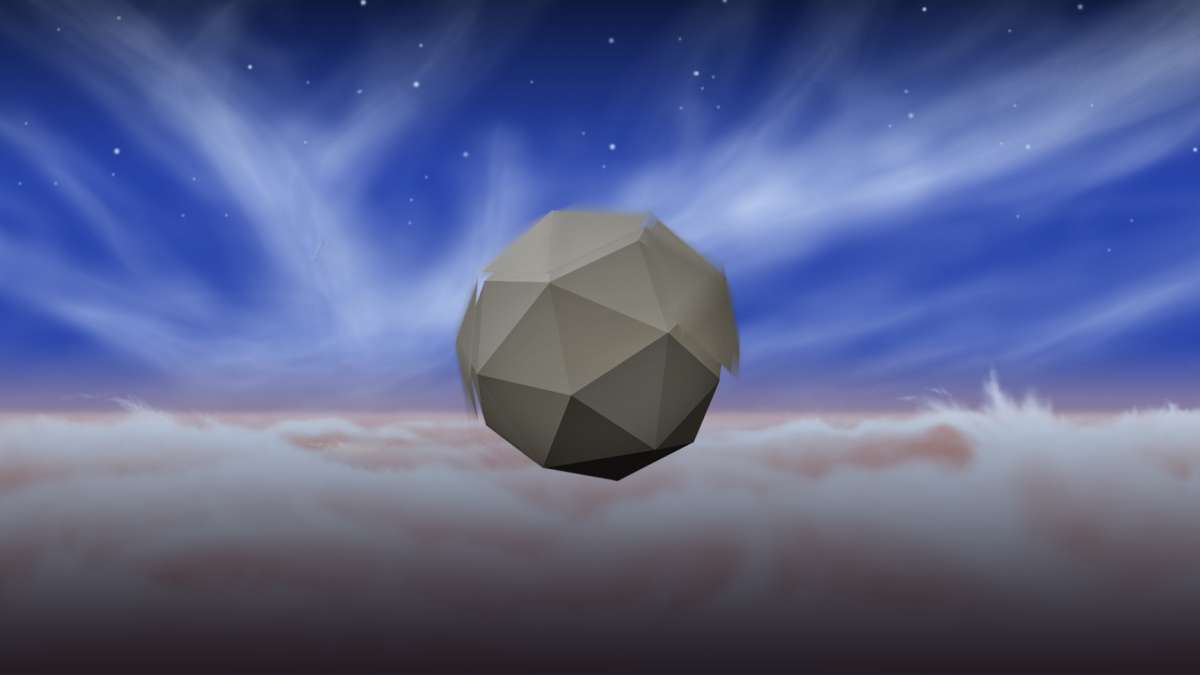Here is a bit more information on this area of research:
Among designers of robotic probes to explore the planets, there is certainly no shortage of clever ideas. There are concepts for robots that are propelled by waves in the sea. There are ideas for tumbleweed bots driven by wind, rolling across Antarctica or Mars. Recently a team of engineers at NASA’s Jet Propulsion Laboratory in Pasadena, California, wondered if a probe could be buoyant in the clouds of Earth or a distant gas giant planet, like Jupiter.
And here is more on these types of planets from wikipedia:
A gas giant is a giant planet composed mainly of hydrogen and helium. Jupiter and Saturn are the Solar System‘s gas giants. The term “gas giant” was originally synonymous with “giant planet”, but in the 1990s it became known that Uranus and Neptune are really a distinct class of giant planet, being composed mainly of heavier volatile substances (which are referred to as ‘ices’). For this reason, Uranus and Neptune are now often classified in the separate category of ice giants.
Jupiter and Saturn consist mostly of hydrogen and helium, with heavier elements making up between 3 and 13 percent of the mass.[1] They are thought to consist of an outer layer of molecular hydrogen surrounding a layer of liquid metallic hydrogen, with probably a molten rocky core. The outermost portion of their hydrogen atmosphere is characterized by many layers of visible clouds that are mostly composed of water and ammonia. The layer of metallic hydrogen makes up the bulk of each planet, and is referred to as “metallic” because the very large pressure turns hydrogen into an electrical conductor. The gas giants’ cores are thought to consist of heavier elements at such high temperatures (20,000 K) and pressures that their properties are poorly understood.[1]
In my opinion this is one of the most practical ideas to come out of NASA!
thanks to popsci for the great info
thanks to NASA for the pic
